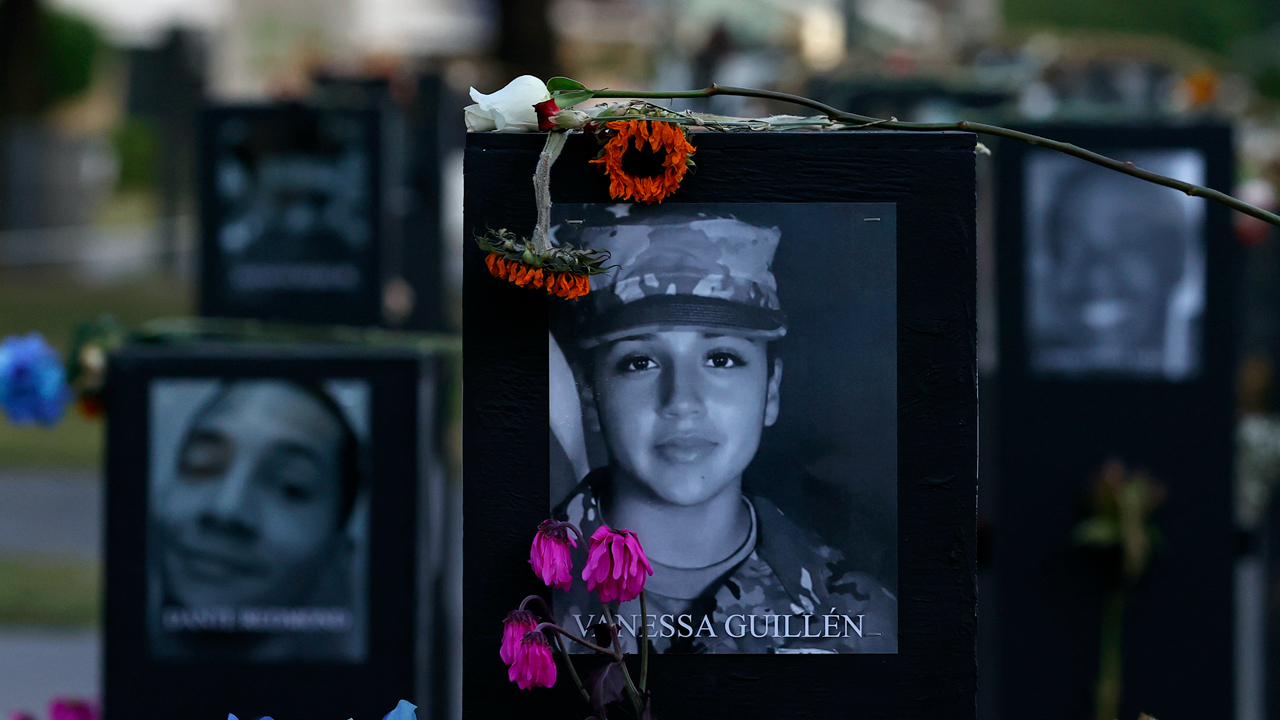

It’s been almost a year since Army Pfc. Vanessa Guillén was last seen or heard from on April 22, 2020 at Fort Hood. In the tumultuous months that followed, the Army had few answers for a distraught family and a baffled country struggling to wrap their minds around how a 20-year-old soldier could simply disappear from a massive Army installation in central Texas.
What we later learned, however, was even more baffling: How could a soldier be murdered by another on an Army installation?
Guillén’s death was a devastating catalyst for a transformational shift in Army culture. Or at least it was supposed to be. Investigations, reviews, and inspections were ordered by both the Army Secretary,, Congress, and the Government Accountability Office, not just of Fort Hood and its leadership but of Army policies and programs. And in October, the Army said it was re-prioritizing: People would be the Army’s number one priority moving forward, according to then-Army Secretary Ryan McCarthy, who announced that the service would cut down on rotations to brigade-level training centers and create a new Army-wide policy for missing soldiers.
Then, an independent panel’s review of Fort Hood culture found what so many had already suspected: the command climate at Fort Hood was grim, at best. Over a dozen Fort Hood commanders were suspended or relieved as a result, and the Army established the People First Task Force to respond to the dozens of findings and recommendations made by the independent panel. And what the panel found at Fort Hood was of course not specific only to Fort Hood, but to the Army in general, across installations, across the world.
It’s been a busy year for the Army. But how much of the “change” over the last year is actually sinking down to the platoon and squad level?
That’s where you come in.
We want to know how the Army has — or hasn’t — changed since then. Are your leaders focused on creating cohesive teams, as Sgt. Maj. of the Army Michael Grinston has impressed upon them again , and again , and again ? Is “This is My Squad” a way of life for you and your team? Is the Sexual Harassment/Assault Response and Prevention (SHARP) program at your installation making improvements, and are your commanders taking it more seriously?
Or has the last year felt like a bunch of optimistic ideas from the E-ring of the Pentagon that sound good, to be sure, but never quite made it down to, you know, the actual soldiers?
Tell us what you’re seeing (or not seeing) either in the comments below, or feel free to reach out to me directly at haley@taskandpurpose.com or haleybritzky@protonmail.com if you’d like to share your thoughts, but don’t want your name included.
Featured photo: A picture of Vanessa Guillén is seen at the Say Their Names Memorial at Emancipation Park, Wednesday, Oct. 7, 2020, in Houston. (Aaron M. Sprecher via AP)